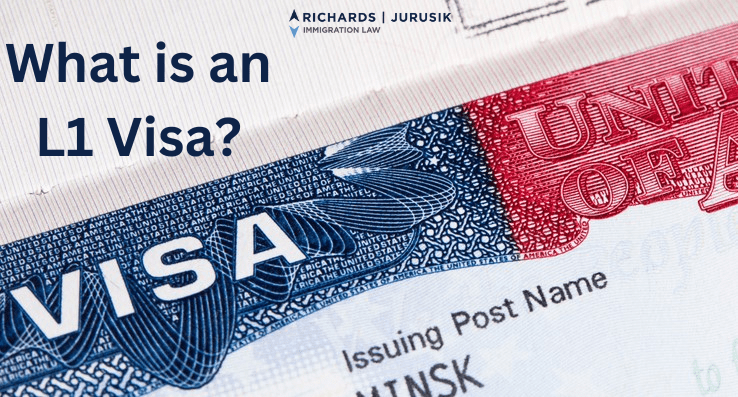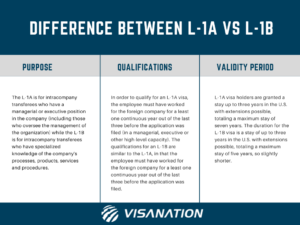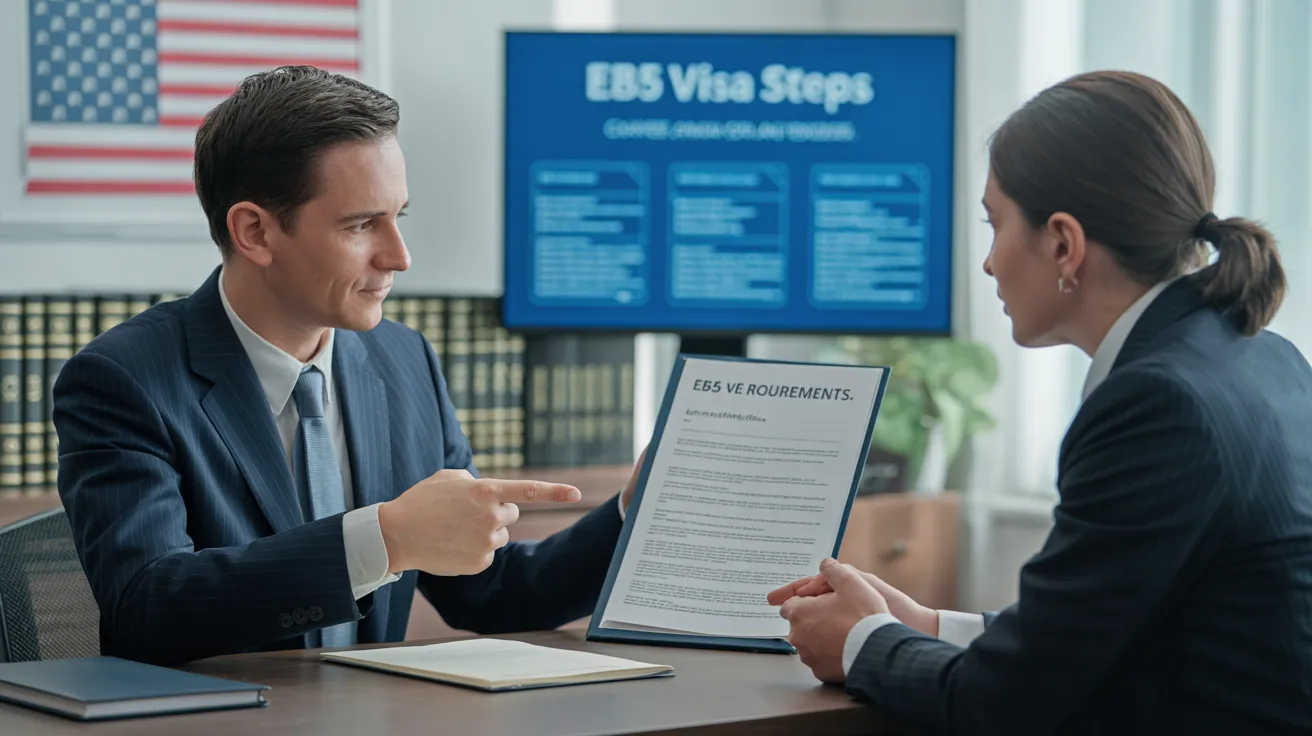L1 Visa Things To Know Before You Buy
Table of ContentsUnknown Facts About L1 VisaSome Of L1 VisaThe Of L1 VisaThe Definitive Guide to L1 VisaFacts About L1 Visa UncoveredAn Unbiased View of L1 Visa
Available from ProQuest Dissertations & Theses Global; Social Science Premium Collection. DHS Office of the Inspector General. Recovered 2023-03-26.
United State Division of State. Recovered 2023-02-08. Tamen, Joan Fleischer (August 10, 2013).
The 9-Minute Rule for L1 Visa
In order to be qualified for the L-1 visa, the foreign firm abroad where the Recipient was employed and the U.S. business must have a certifying partnership at the time of the transfer. The various kinds of certifying partnerships are: 1.
Instance 1: Business A is incorporated in France and utilizes the Recipient. Business B is integrated in the united state and wishes to seek the Beneficiary. Firm A has 100% of the shares of Firm B.Company A is the Parent and Firm B is a subsidiary. For that reason there is a qualifying partnership between the 2 companies and Firm B need to be able to fund the Recipient.
Firm A has 40% of Company B. The remaining 60% is owned and controlled by Business C, which has no relation to Firm A.Since Company A and B do not have a parent-subsidiary partnership, Firm A can not sponsor the Recipient for L-1.
Instance 3: Business A is included in the U.S. and wishes to request the Beneficiary. Firm B is incorporated in Indonesia and utilizes the Recipient. Firm A has 40% of Firm B. The continuing to be 60% is had by Business C, which has no relationship to Company A. However, Firm A, by official agreement, controls and full handles Business B.Since Company A has less than 50% of Company B but takes care of and controls the business, there is a qualifying parent-subsidiary relationship and Company A can sponsor the Recipient for L-1.
Not known Details About L1 Visa
Business B is incorporated in the United state
Unknown Facts About L1 Visa

The L-1 visa is an employment-based visa group developed by Congress in 1970, allowing multinational companies to transfer their managers, executives, or essential workers to their U.S. procedures. It is frequently referred to as the intracompany transferee visa.

Furthermore, the recipient needs to have operated in a managerial, exec, or specialized staff member placement for one year within the 3 years preceding the L-1A application in the foreign company. For brand-new workplace applications, foreign employment must have remained in a managerial or executive capacity if the beneficiary is pertaining to the United States to function as a supervisor or executive.
Getting My L1 copyright Work

If given for a united state company operational for even more than one year, the first L-1B visa is for approximately three years and can be extended for an added 2 years (L1 Visa). Conversely, if the U.S. company is newly developed or has actually been operational for much less than one year, the preliminary L-1B visa is issued for one year, with expansions readily available in two-year increments
The L-1 visa is an employment-based visa classification established by Congress in 1970, enabling multinational business to move their supervisors, executives, or essential workers to their united state procedures. It is commonly referred to as the intracompany transferee visa. There are two primary kinds of L-1 visas: L-1A and L-1B. These kinds are appropriate for workers worked with in various placements within a company.
The 5-Second Trick For L1 Visa
Additionally, the recipient has to have functioned in a supervisory, executive, or specialized explore your L1 Visa worker placement for one year within the three years preceding the L-1A application in the international firm. For brand-new office applications, foreign work should have remained in a supervisory or executive ability if the recipient is concerning the USA to function as a manager or executive.
for up to 7 years to learn more look after the procedures of the united state affiliate as an exec or manager. If released for a united state firm that has been operational for greater than one year, the L-1A visa is at first given for approximately 3 years and can be expanded in two-year increments.
If granted for an U.S. company functional for greater than one year, the first L-1B visa is for up to three years and can be expanded for an additional 2 years. Conversely, if the U.S. company is newly established or has been operational for less than one year, the first L-1B visa is issued for one year, with extensions offered in two-year increments.